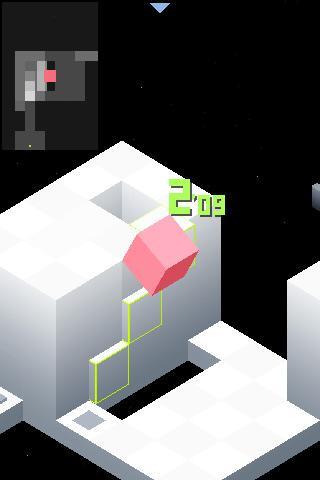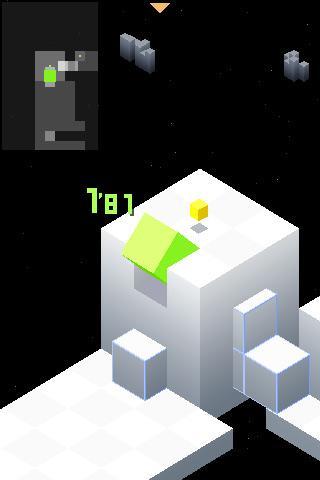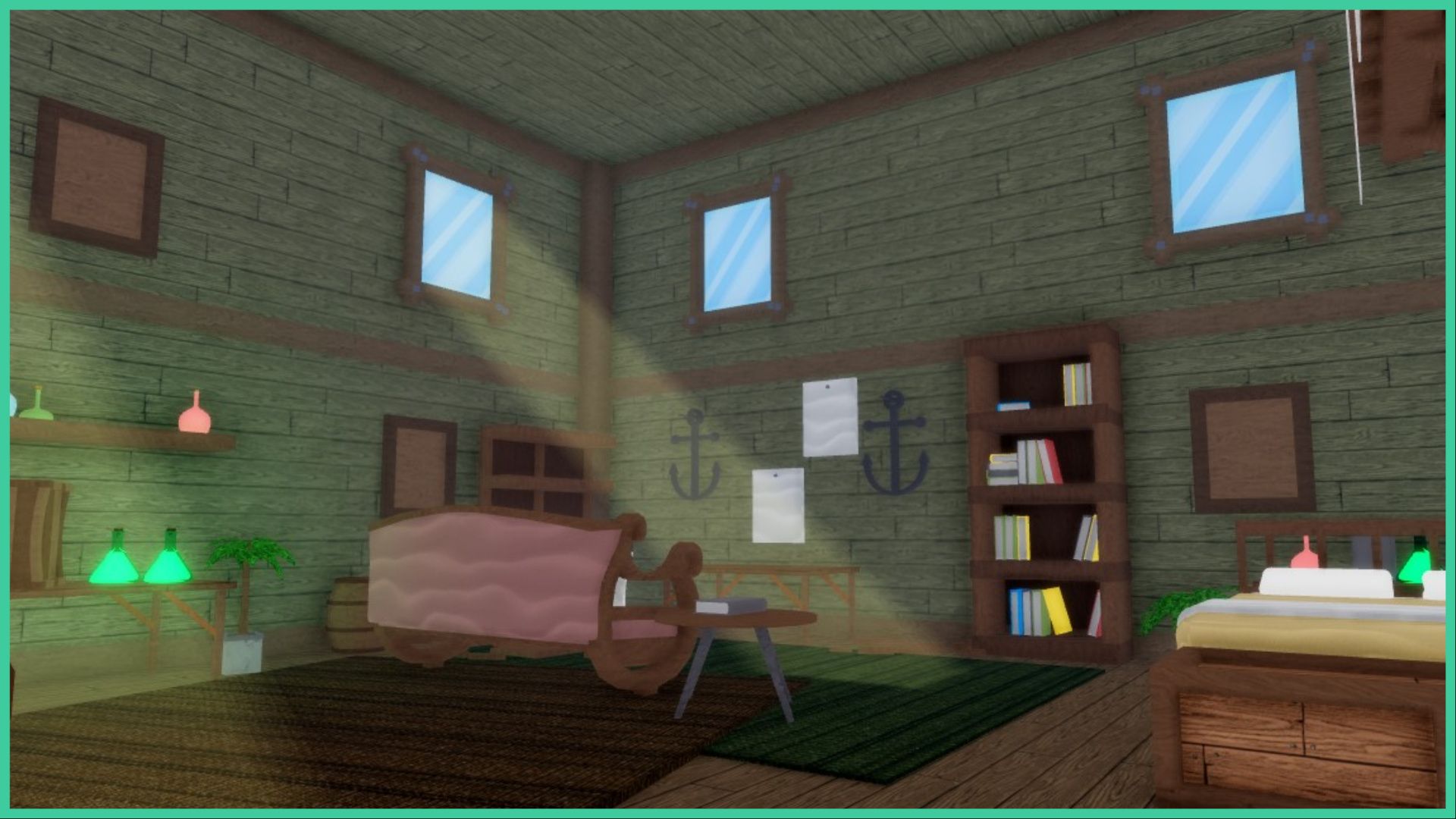- Wondering how to get Monopoly GO! free rolls? Well, you’ve come to the right place. In this guide, we provide you with a bunch of tips and tricks to get some free rolls for the hit new mobile game. We’ll …
All Grades in Type Soul – Each Race Explained
By Adele Wilson
Our All Grades in Type Soul guide lists every grade in the game for all races, including how to increase your grade quickly!Best Roblox Horror Games to Play Right Now – Updated Weekly
By Adele Wilson
Our Best Roblox Horror Games guide features the scariest and most creative experiences to play right now on the platform!All Legacy Piece Races and Buffs – Should You Reroll?
By Adele Wilson
Our Legacy Piece Races guide discusses the buffs that each race provides, their rarities, and if you should reroll or save your spins!
EDGE Review
In Malcolm Gladwell’s book Blink, he proposes that humans actually tend to make up their minds about something within the first two seconds of perceiving it. Everything else is just elaborate justification for those first two seconds: whether or not you got the job in an interview, what colour of car you like, or what sort of pet you’re going to get. I don’t know if it absolutely holds true for video games, but I did decide that I loved Mobigame’s Edge in roughly two seconds. The luminous brilliance of this perfectly realized puzzle game is apparent right from the start.

The luminous brilliance of this perfectly realized puzzle game is immediately apparent.
In Malcolm Gladwell’s book Blink, he proposes that humans actually tend to make up their minds about something within the first two seconds of perceiving it. Everything else is just elaborate justification for those first two seconds: whether or not you got the job in an interview, what colour of car you like, or what sort of pet you’re going to get. I don’t know if it absolutely holds true for video games, but I did decide that I loved Mobigame’s Edge in roughly two seconds. The luminous brilliance of this perfectly realized puzzle game is apparent right from the start.
Edge is easy to explain: you roll a cube through a floating, isometric maze. The cube travels one square at a time and is able to climb up other cubes no greater than its own height. Throughout the course are small glowing cubes that act as prizes. You collect the prizes and find your way to the exit square. Like chess, the simplicity of the setup belies some rather advanced complexity.

Controlling the cube is accomplished through simple finger swipes. A swipe in an L shape will steer the cube around a 90º corner as you would expect, and holding down maintains the cube’s rolling momentum. Control is extremely fine-grained; Edge takes full advantage of the iPhone’s wonderfully precise screen, and it’s a good thing, for even slightly clumsy controls would doom the whole endeavour. Edge is mostly about making sure your hero-cube doesn’t plummet to its doom while navigating the tile maze. It’s all about timing – when to roll off a tile to catch a moving bridge, or get out of the way of an animated wall. At every point of failure, you feel as if it was definitely your fault rather than a lack of control on the game’s part. This is a crucial system, and Mobigame nailed it.
In terms of presentation, Edge is pitch-perfect. A rather minimalist aesthetic focuses all the attention on the game play itself. There are no distracting textures or throbbing animated backgrounds; all the action takes place on white cubes floating over a muted starfield. The feel of the game is decidedly retro without feeling cheap. Power-ups and goals cycle wild RGB values and blink in a manner reminiscent of sprites in an old Nintendo game. The sound effects and music are fantastically appropriate (and the entire eighteen-song soundtrack is free for download, to boot). Everything about Edge broadcasts a strong sense of nostalgic love for old-school computer puzzle games.
Forty-six levels lie in wait to task your brain, and it’s no small challenge. There’s a great deal of exploration and experimentation necessary in order to succeed. Each level presents a fresh style of gauntlet to traverse, with tiles and cubes and other unnameable entities constantly pulling out new tricks to surprise the player. Rather than rely on the same recycled enemies and tactics, Edge does it’s best to keep you on your toes, and largely succeeds.

The game is playable in either portrait or landscape mode (a nice feature), although switching views is not obvious -a two-finger swipe-rotate is required, and this can be invoked at any time. Edge offers three different control schemes: on-screen buttons, iPhone tilt-sensing, or finger-swiping. Let’s be unequivocal: the default finger-swipe method is by far the superior mode. Tilting works as one would expect, but requires even-better reflexes for stopping the inertia of your rolling cube. The on-screen button controls seem to be included for the sake of completeness, as I can’t foresee anyone actually preferring them.
The user also has the option of mixing their iTunes with the game’s sound effects simultaneously. Many iPhone games are an all-or-nothing affair in terms of game sound or iPod sound, so this is a welcome feature. (Although you can’t directly initiate playlists from inside the game, it respects the default double-tap Home button control overlay). There is also a choice of six different languages, although this is really for the small menu system –Edge is a game that can be universally understood. Online connectivity is limited to a global high score list, which requires a trip to the Mobigames site first in order to set up a score account; this seemed like an unnecessary hitch, and we hope Edge becomes integrated with one of the more popular social gaming networks down the line.
It’s hard to say anything negative about Edge – so I won’t. It is a pristine example of everything an iPhone game should be: immediately accessible, engaging, challenging in short bursts, and aesthetically complete in presentation and animation. And it doesn’t even kill your battery very quickly. Buy it.

The good

The bad
More articles...
Monopoly GO! Free Rolls – Links For Free Dice
By Glen Fox
Wondering how to get Monopoly GO! free rolls? Well, you’ve come to the right place. In this guide, we provide you with a bunch of tips and tricks to get some free rolls for the hit new mobile game. We’ll …All Grades in Type Soul – Each Race Explained
By Adele Wilson
Our All Grades in Type Soul guide lists every grade in the game for all races, including how to increase your grade quickly!Best Roblox Horror Games to Play Right Now – Updated Weekly
By Adele Wilson
Our Best Roblox Horror Games guide features the scariest and most creative experiences to play right now on the platform!All Legacy Piece Races and Buffs – Should You Reroll?
By Adele Wilson
Our Legacy Piece Races guide discusses the buffs that each race provides, their rarities, and if you should reroll or save your spins!







